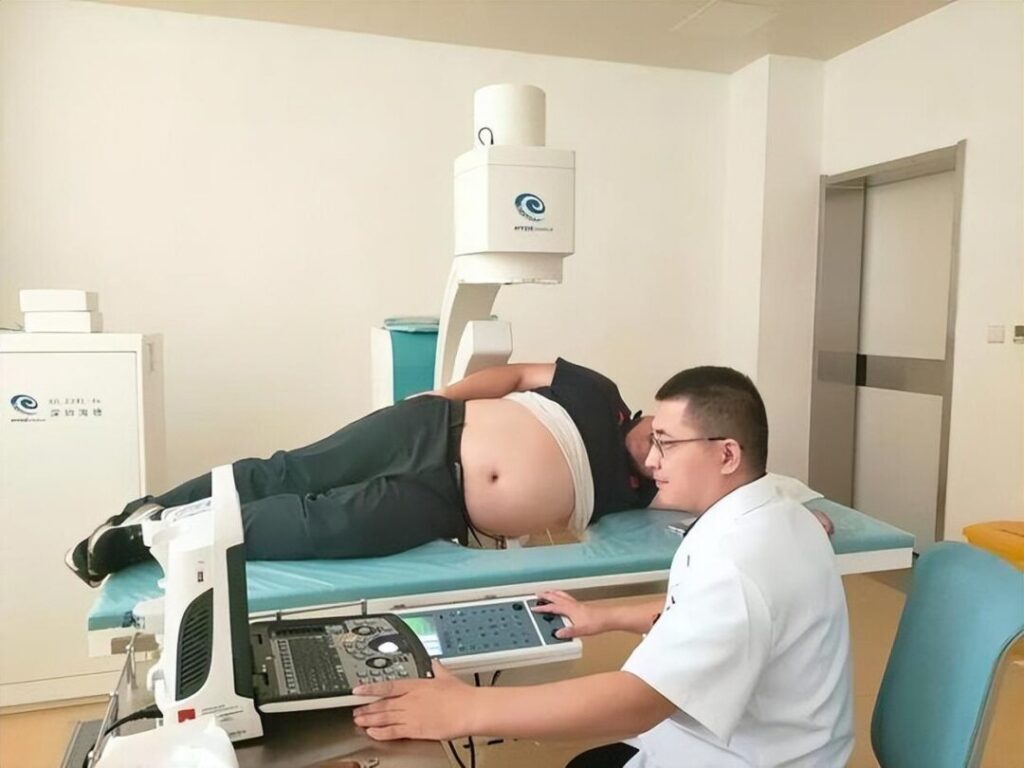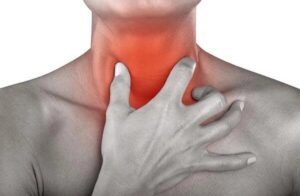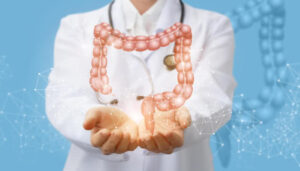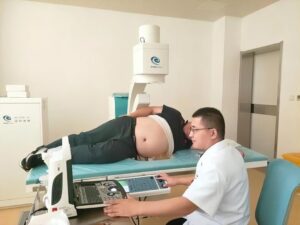Causes and Treatment of Gallstones

Causes of Gallstones
Gallstones (also called cholelithiasis) are hardened deposits that form in the gallbladder, a small organ beneath the liver that stores bile. The main causes include:
Excess cholesterol in bile: When your liver excretes more cholesterol than your bile can dissolve, the excess cholesterol may form crystals and eventually stones.
- Bilirubin overproduction: Conditions like cirrhosis, biliary tract infections, and certain blood disorders can cause your liver to produce too much bilirubin, which contributes to stone formation.
- Concentrated bile due to a full gallbladder: If your gallbladder doesn’t empty completely or often enough, bile may become overly concentrated, contributing to stone formation.
- Risk factors: Being female, over 40, overweight/obese, pregnant, eating a high-fat/high-cholesterol/low-fiber diet, rapid weight loss, diabetes, family history, and certain medications (like cholesterol-lowering drugs and hormone therapy).
Treatment Options
1. Watchful Waiting (Asymptomatic gallstones)
Many people with gallstones that don’t cause symptoms may not need treatment. Doctors often recommend monitoring rather than immediate treatment.
2. Medications
- Ursodeoxycholic acid (UDCA): Helps dissolve cholesterol gallstones, but may take months or years and stones may recur after stopping medication.
- Chenodiol: Another bile acid that can dissolve stones, but with similar limitations as UDCA.
3. Surgical Treatments
- Laparoscopic cholecystectomy: The most common treatment, removing the gallbladder through small abdominal incisions. Most people recover within a week.
- Open cholecystectomy: Used in more complicated cases, requiring a larger incision and longer recovery (4-6 weeks).
4. Nonsurgical Procedures
- Endoscopic retrograde cholangiopancreatography (ERCP): Used to remove stones stuck in the bile ducts.
- Oral dissolution therapy: Medications to dissolve small cholesterol stones.
- Shock wave lithotripsy: Uses shock waves to break gallstones into smaller pieces (rarely used today).
5. Lifestyle Changes
- Maintain a healthy weight through gradual, steady weight loss
- Eat a balanced diet rich in fiber and healthy fats
- Avoid rapid weight loss and very low-calorie diets
- Regular physical activity may help prevent gallstones
Note that treatment choice depends on stone characteristics (size, composition), symptoms, and the patient’s overall health condition. Always consult with a healthcare professional for proper diagnosis and treatment planning.




